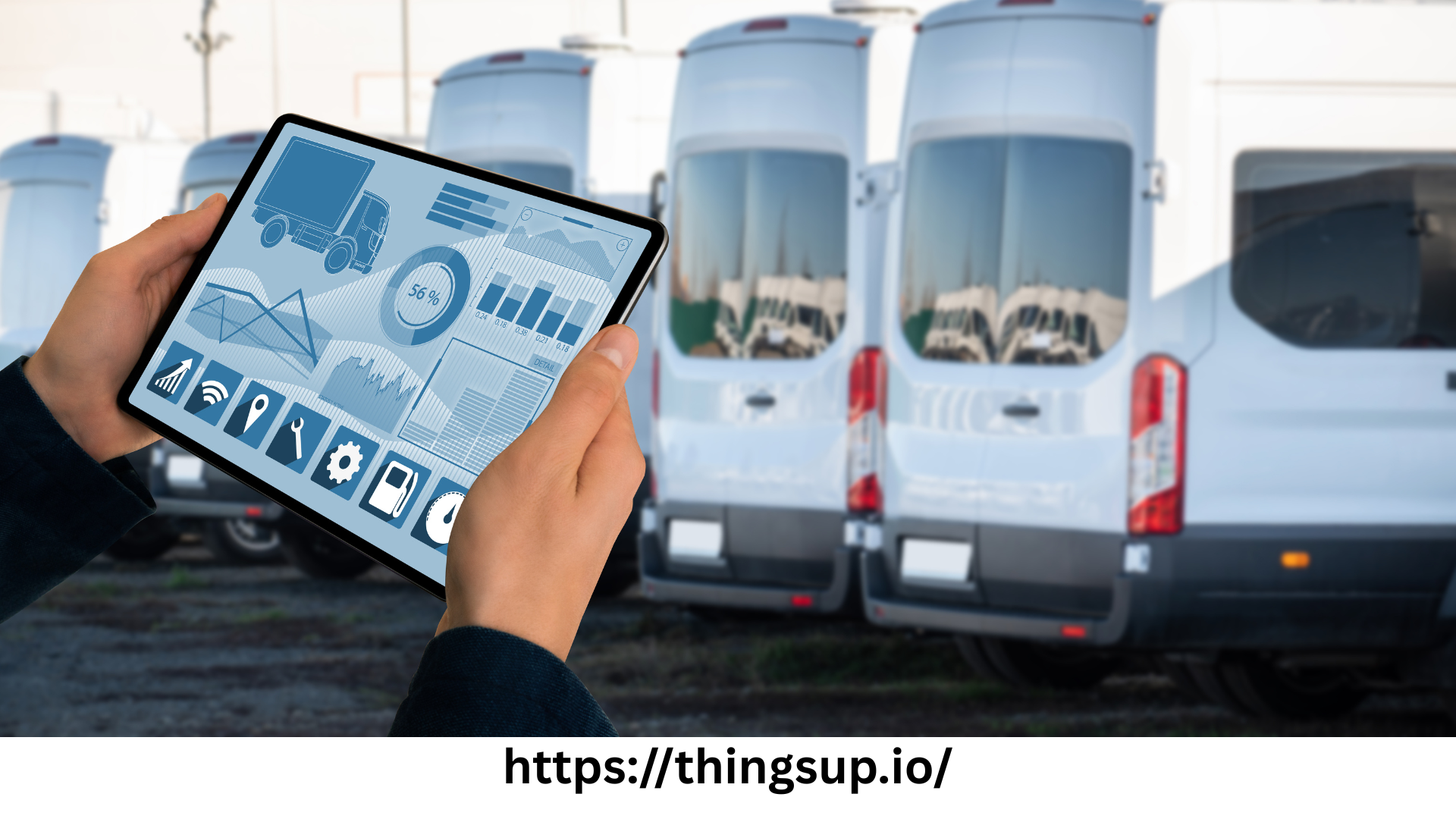The global push towards electrification of transport has opened new doors for innovation in how we manage energy. As electric vehicles (EVs) become more mainstream, there's a growing need for smarter ways to handle energy consumption, charging, and grid interaction. This is where Smart Energy Management Software steps in — powered by cutting-edge IoT platform and energy monitoring systems, these solutions are revolutionizing how we track, analyze, and optimize electric energy usage.
The Growing Demand for Smart EV Energy Management
The adoption of EVs is rising exponentially due to increasing fuel prices, government incentives, and a global shift towards sustainable transportation. However, the transition brings several challenges, particularly regarding energy consumption and grid load balancing. Without intelligent systems in place, mass EV charging can strain existing infrastructure and cause energy wastage.
Smart energy management software, therefore, plays a critical role in
Managing power demand,
Reducing charging costs,
Enhancing the lifespan of batteries, and
Ensuring grid stability.
What is Smart Energy Management Software?
Smart energy management software for EVs is an integrated system that uses real-time data, predictive analytics, and automation to manage how energy is consumed, stored, and distributed for electric vehicles. These platforms work hand-in-hand with energy monitoring systems and IoT platforms to provide insights into energy usage patterns, optimize charging schedules, and maintain an efficient energy ecosystem.
Key Functions of Smart Energy Management for EVs:
Real-Time Monitoring: Track energy usage, battery health, and charging status in real-time.
Load Balancing: Prevent grid overload by distributing charging loads intelligently.
Energy Forecasting: Use historical data and predictive models to anticipate energy demand.
Smart Charging: Optimize charging based on time-of-use tariffs, grid availability, or renewable energy availability.
Remote Management: Control and monitor EV charging stations remotely via IoT dashboards.
Role of IoT Platforms in EV Energy Management
An IoT platform forms the technological backbone of any smart energy management system. It connects sensors, meters, charging infrastructure, vehicles, and backend analytics software into a unified ecosystem. This connectivity allows for seamless data flow and actionable insights.
Key Benefits of Using IoT Platforms:
Scalability: Easily add more vehicles, stations, or energy sources.
Interoperability: Integrate with different OEMs, utilities, and hardware providers.
Real-Time Data Processing: Enables instantaneous decision-making and automation.
Security: Ensures data is encrypted and infrastructure is protected from breaches.
IoT platforms also enable two-way communication between EVs and energy grids (known as Vehicle-to-Grid or V2G). This is crucial for demand response programs where EVs can feed power back to the grid during peak times.
How Energy Monitoring Systems Optimize EV Charging
An energy monitoring system tracks and analyzes energy flow in an EV charging ecosystem. These systems monitor voltage, current, power factor, and frequency to ensure efficient and safe operation. When integrated with smart software and IoT, they provide real-time alerts, reports, and insights.
Key Features of Energy Monitoring Systems for EVs:
Power Quality Analysis: Ensures stable and clean power supply for charging.
Fault Detection: Identifies overloads, voltage drops, or equipment failures.
Energy Consumption Reports: Detailed breakdown of energy usage over time.
Anomaly Detection: Detects irregular patterns or excessive consumption.
These insights not only help in energy savings but also reduce maintenance costs and improve user experience.
Smart Energy Use Cases in the EV Ecosystem
1. Fleet Management
EV fleets used by logistics companies, ride-sharing services, or public transportation can benefit immensely. A central energy monitoring system helps schedule charging based on trip requirements and minimizes downtime. IoT-based tracking provides a live view of all charging sessions and battery statuses.
2. Smart Homes and Workplaces
Smart energy management systems installed in homes or office parking lots ensure that EVs charge when electricity rates are lowest. They also help avoid overloading home circuits by coordinating EV charging with other energy-hungry appliances.
3. Public Charging Infrastructure
In cities, where multiple EVs charge simultaneously, an IoT platform can coordinate the load, monitor energy usage in real-time, and offer dynamic pricing based on demand.
4. Renewable Energy Integration
When paired with solar or wind power, energy management software can prioritize renewable energy for charging and store excess energy in EV batteries or home storage units. This supports green charging and grid stability.
Future of Smart Energy Management in EVs
The next wave of innovation will focus on integrating Artificial Intelligence (AI) and Machine Learning (ML) into these systems. AI-driven IoT platforms will enhance predictive maintenance, energy forecasting, and dynamic charging strategies.
Additionally, blockchain technology may be introduced for peer-to-peer energy trading among EV users, making decentralized, self-sustaining energy ecosystems a reality.
Conclusion
As electric vehicles become the new norm, managing their energy use smartly is not just a convenience — it’s a necessity. By leveraging IoT platforms and advanced energy monitoring systems, businesses, governments, and individuals can drive EV adoption while ensuring energy efficiency, cost savings, and grid stability.
Smart energy management system stand at the intersection of technology, sustainability, and mobility — driving us toward a cleaner, more connected future.
